How To Fix The Tripod Stand ?
To fix a tripod stand, first, identify the specific issue or problem with the stand. It could be a loose or broken leg, a damaged locking mechanism, or any other issue. Once you have identified the problem, you can take appropriate steps to fix it. This may involve tightening screws or bolts, replacing broken parts, or adjusting the tripod's components. If you are unsure about how to fix the tripod stand, it is recommended to consult the manufacturer's instructions or seek professional assistance.
1、 Adjusting the legs for stability
To fix a tripod stand and ensure stability, one of the key steps is adjusting the legs. Here's a step-by-step guide on how to do it effectively:
1. Start by extending all three legs fully. Make sure they are locked securely in place.
2. Check if the ground is level. If not, adjust the length of each leg accordingly. Shorten the leg on the higher side and lengthen the leg on the lower side. This will help distribute the weight evenly and prevent the tripod from tipping over.
3. Most tripod stands have adjustable leg angles. Adjusting the leg angles can provide additional stability. Spread the legs wider for a lower center of gravity, especially in windy conditions or on uneven surfaces. Conversely, if you need to raise the tripod higher, bring the legs closer together.
4. Once you have adjusted the leg angles, tighten the leg locks securely. This will prevent any accidental movement or collapse while in use.
5. Consider using additional stability accessories such as sandbags or weights. These can be attached to the center column or hung from the tripod's hook to provide extra stability, especially in windy conditions.
6. Regularly check the tripod's joints and locks for any signs of wear or damage. If you notice any issues, it may be necessary to replace or repair the tripod stand.
It's important to note that the latest point of view on tripod stability emphasizes the use of high-quality materials and construction. Investing in a sturdy tripod made from durable materials can significantly improve stability and ensure long-term reliability. Additionally, some tripods now come with advanced features like built-in bubble levels or retractable spikes for added stability on different terrains.
By following these steps and considering the latest advancements in tripod design, you can effectively fix and enhance the stability of your tripod stand.
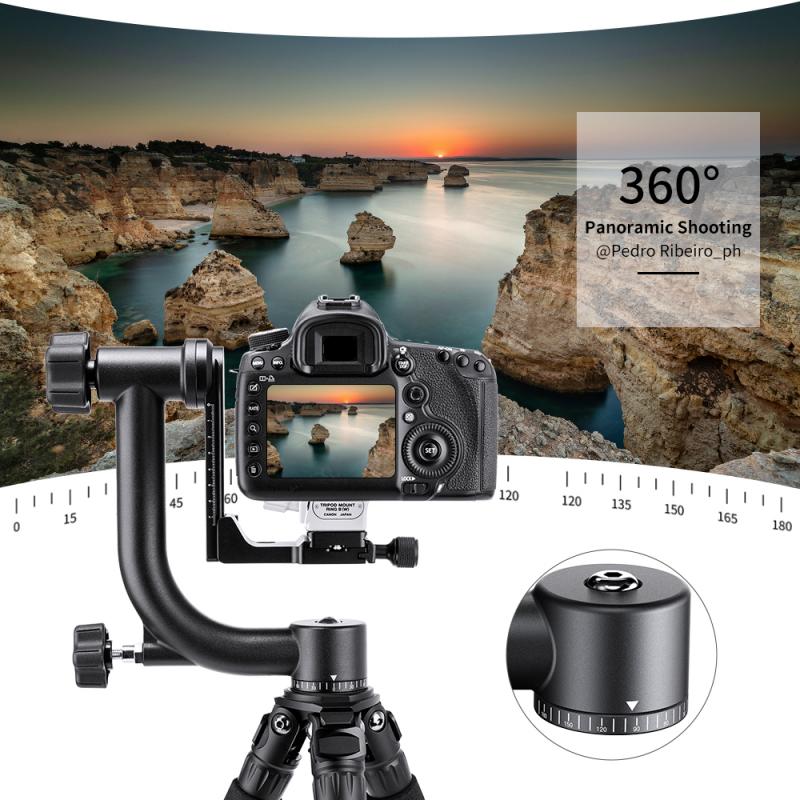
2、 Tightening loose screws or bolts
To fix a tripod stand, one common issue that may arise is loose screws or bolts. This can cause instability and compromise the overall functionality of the tripod. Fortunately, tightening loose screws or bolts is a relatively simple fix that can be done with a few basic tools.
First, identify the loose screws or bolts on the tripod stand. Use a screwdriver or a wrench, depending on the type of fastener, to tighten them. Start by gently turning the tool clockwise to tighten the screws or bolts. Be careful not to overtighten, as this can strip the threads or damage the tripod.
If the screws or bolts are still loose after tightening, it may be necessary to add a washer or a lock washer to provide additional stability. These small metal discs can be placed between the screw or bolt head and the tripod leg to prevent them from loosening over time. Simply remove the screw or bolt, place the washer on the fastener, and then reinsert and tighten it.
It is important to note that different tripod models may have specific instructions or unique mechanisms for tightening loose screws or bolts. Therefore, it is always recommended to consult the tripod's user manual for specific guidance.
In addition to tightening loose screws or bolts, it is also a good idea to periodically inspect the tripod for any signs of wear or damage. This can include checking the rubber feet for wear, ensuring the legs extend and retract smoothly, and examining the tripod head for any loose parts. Regular maintenance and care can help prolong the lifespan of the tripod and ensure optimal performance.
In conclusion, fixing a tripod stand often involves tightening loose screws or bolts. By using the appropriate tools and techniques, such as adding washers for extra stability, you can easily address this issue and restore the tripod's stability. Remember to consult the user manual for specific instructions and regularly inspect the tripod for any signs of wear or damage.
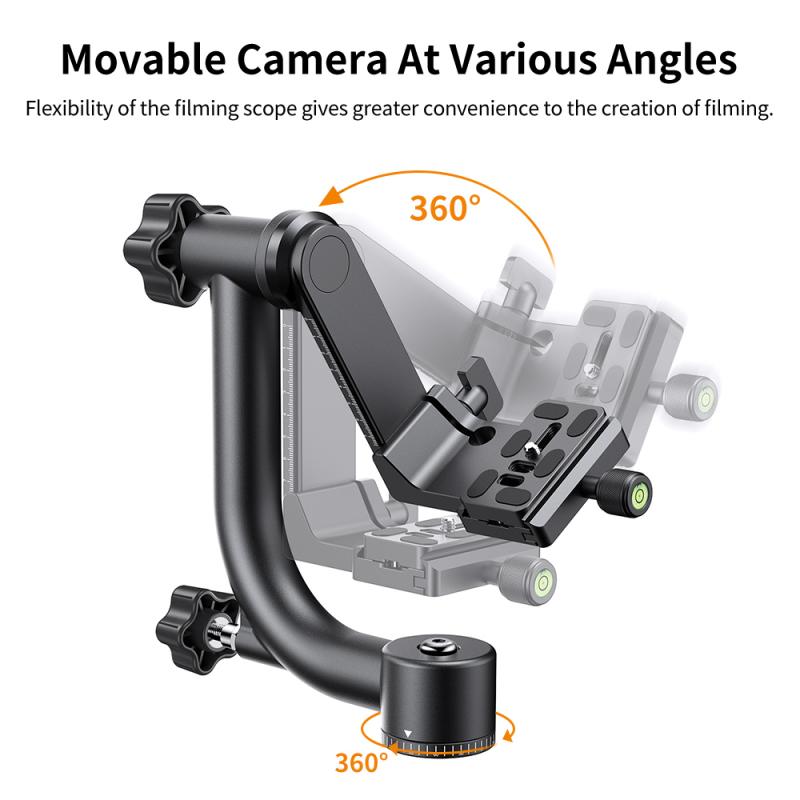
3、 Replacing damaged or worn-out parts
To fix a tripod stand, the first step is to identify the specific issue or damage. Common problems include loose or broken legs, damaged locking mechanisms, or worn-out parts. Once the problem is identified, the next step is to replace the damaged or worn-out parts.
For loose or broken legs, it is important to check if the screws or bolts are tightened properly. If they are loose, tighten them using a screwdriver or wrench. If the legs are broken, they may need to be replaced entirely. Many tripod manufacturers offer replacement parts, so it is advisable to contact the manufacturer or check their website for the specific parts needed.
If the locking mechanisms are damaged, they may need to be repaired or replaced. Some tripods have adjustable tension knobs or levers that control the locking mechanism. If these are damaged, they can be replaced with new ones. It is important to ensure that the replacement parts are compatible with the tripod model.
Worn-out parts such as rubber feet or foam grips can also be replaced. These parts can wear out over time due to regular use or exposure to harsh conditions. Replacement feet or grips can be purchased from the manufacturer or from third-party suppliers.
In recent years, there have been advancements in tripod technology. Some tripods now come with quick-release plates, which allow for easy attachment and detachment of cameras. These plates can be replaced if they become damaged or lost. Additionally, some tripods now have built-in levels or bubble indicators to ensure that the camera is level. If these features are not functioning properly, they may need to be repaired or replaced.
Overall, fixing a tripod stand involves identifying the specific issue and replacing the damaged or worn-out parts. It is important to consult the manufacturer's instructions or seek professional help if needed.

4、 Lubricating moving parts for smooth operation
To fix a tripod stand, one effective method is to lubricate the moving parts for smooth operation. Lubrication helps reduce friction and ensures that the tripod functions properly. Here's a step-by-step guide on how to lubricate the tripod stand:
1. Identify the moving parts: Before applying any lubricant, it's important to identify the specific parts that require lubrication. These typically include the leg joints, center column, and any other adjustable components.
2. Clean the parts: Use a soft cloth or brush to remove any dirt, dust, or debris from the moving parts. This step is crucial as it ensures that the lubricant can penetrate effectively.
3. Choose the right lubricant: Select a high-quality lubricant suitable for tripod stands. Silicone-based lubricants are often recommended as they provide long-lasting lubrication without attracting dust or dirt.
4. Apply the lubricant: Apply a small amount of lubricant to each moving part. Be careful not to over-lubricate, as excess lubricant can attract dirt and cause a mess. Use a clean cloth or your fingers to spread the lubricant evenly.
5. Work the lubricant into the joints: Gently move the tripod's legs and other adjustable parts to distribute the lubricant evenly. This helps ensure that all moving parts are properly lubricated.
6. Wipe off excess lubricant: After working the lubricant into the joints, use a clean cloth to wipe off any excess. This step prevents the accumulation of dirt and keeps the tripod clean.
7. Test the tripod: Once the lubrication process is complete, test the tripod stand to ensure smooth operation. Extend and retract the legs, adjust the height, and check if all movements are fluid and without any resistance.
It's important to note that the specific lubrication requirements may vary depending on the tripod's design and materials. Therefore, it's always recommended to consult the manufacturer's instructions or seek professional advice if needed.
In recent years, there have been advancements in tripod design and materials that may require different lubrication techniques. For example, some tripods now feature sealed bearings or self-lubricating components, eliminating the need for external lubrication. In such cases, it's crucial to follow the manufacturer's recommendations to maintain the tripod's optimal performance.
Regular maintenance and lubrication of a tripod stand can significantly extend its lifespan and ensure smooth operation. By following these steps and staying up-to-date with the latest advancements, photographers and videographers can continue to rely on their tripods for stable and precise shots.





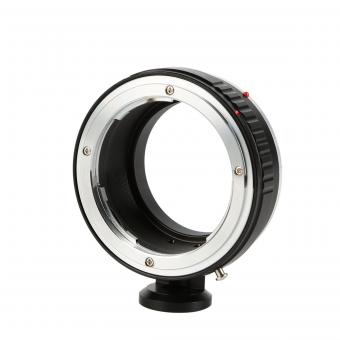
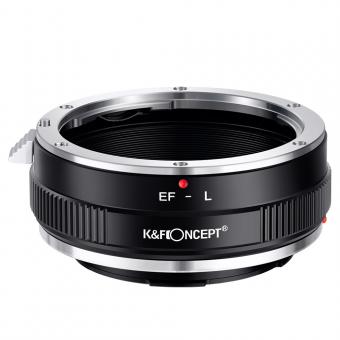


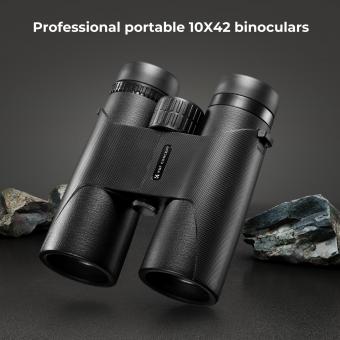

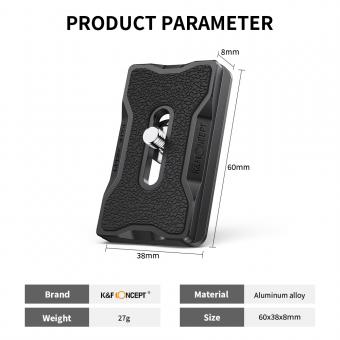

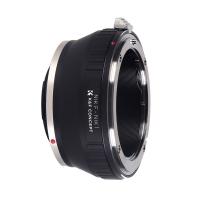



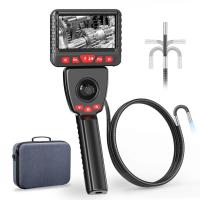

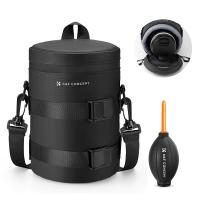
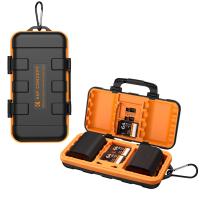





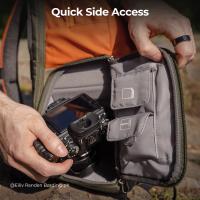

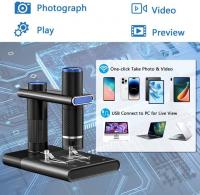

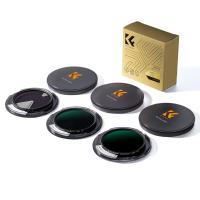
There are no comments for this blog.